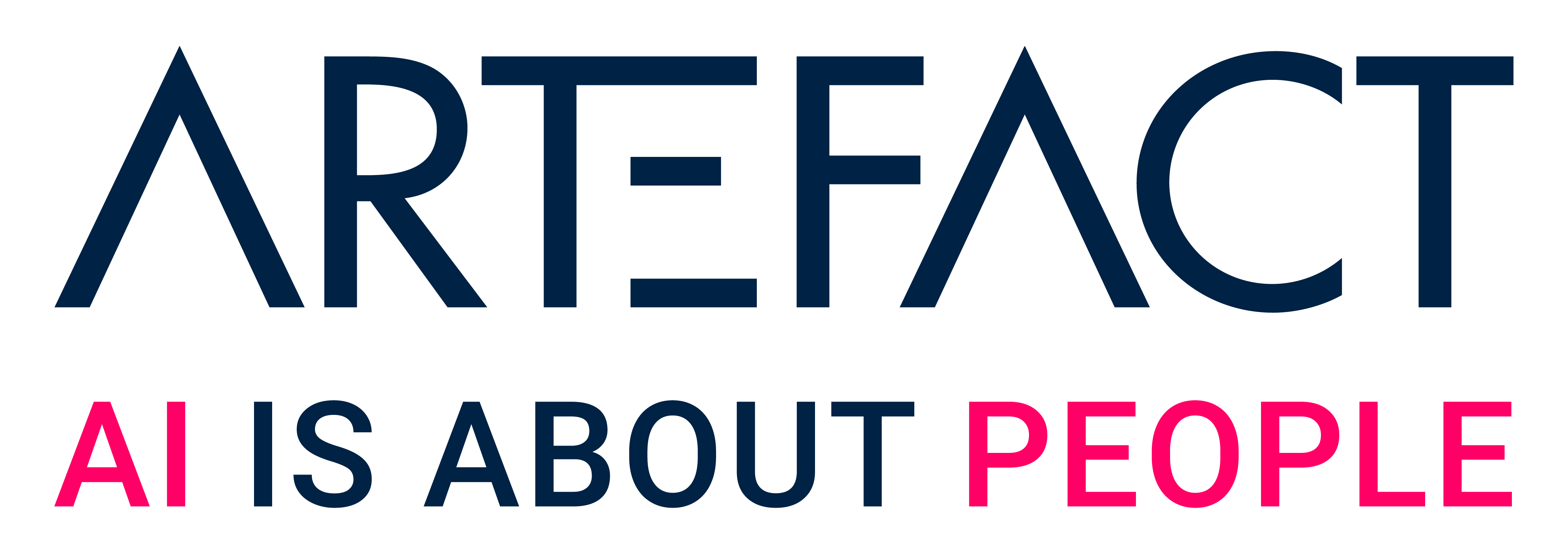The PPC track at Friends of Search 2022 was dominated by one topic: Performance Max. One thing is clear, the new campaign type has been received with mixed feelings from marketers. So, what’s all the fuss about? What does Google recommend, how can advertisers respond, and what are the pros and potential pitfalls? Here’s the lowdown on the good, the bad and the ugly on Performance Max.
What is Performance Max?
Performance Max is a combination of display, video ads, search ads and Google Shopping and is the latest type of advertising opportunity in Google Ads. This new campaign form will be given a prominent place within Google Ads, replacing Smart Shopping.
Performance Max ads are shown, among others, on:
Maximize performance across all channels in Google Ads
Representing Google at the 2022 Festival of Speed (FoS) was Rodney Ip, Global Product Lead, Google Ads. He explained the motivation behind Performance Max and how to get the most out of this format.
Why Google introduced Performance Max
Google talks a lot about the so-called messy middle – the area between trigger and purchase, where there is not one customer journey, but many. Consumers discover, research, and purchase across a number of different channels. Some buyers have over 500 digital touchpoints in the path to purchase. It’s easy to lose track of what’s going on and miss out on opportunities to connect. This is where Performance Max comes into play. In the words of Google: “maximize your performance across Google Ads inventory using automation, allowing you to maximize your goals with Google Ads.”
The Good: How to get the most out of Performance Max
Setting yourself up for success boils down to four key components: clean data for automation, the right attribution, understanding insights and getting creative with assets.
The bad and the ugly
Rodney Ip did a great job explaining what’s good about Performance Max. Speakers Frederick Vallaeys and Andrew Lolk, among others, were a bit more critical. They pointed out some things to consider before starting with Performance Max.
Certain recommendations from Google don’t make sense. For instance, whenever an audience performs better than average, Google will point this out and suggest making ads for this particular audience. There is, however, no consideration of the context. The recommendations tab may, for example, point out that Airline travelers are signing up more often for a course on coding. This finding should be considered as an outlier, not as a valuable insight.
Today, Google makes its mistakes in the open. Think about spending and servicing spikes that are all visible in reporting. Performance Max, however, operates in a black box. These kinds of mistakes would no longer be detectable, as they’d blend into the results of all the combined networks and assets. In addition, if Google decided to act on their own strange recommendations, you’d likely see some unwanted outcomes.
Working around or with Performance Max?
Now that we’ve discussed the good, the bad and the ugly, what can you do to get it in top shape? First, you’ll need to consider whether or not you want to devote a lot of time and resources to managing and maintaining campaigns in order to maximize results. If this isn’t an option, go for the ‘shopping only’ approach, which we discuss below. If you have some time to work on high quality assets, opt into the off-the-shelf Performance Max setup. If you’re going to spend time and effort in order to beat Performance Max, consider a more phased approach.
Getting the basics right
Performance Max ‘Shopping only’ approach
Although it will become the standard, there are ways to opt-out of the full Performance Max setup. The alternative is a ‘Shopping only’ setup. The good news is, it’s quite simple to achieve this.
If you’d like to know more about setting up a Performance Max campaign, please reach out to one of our SEA specialists.

 BLOG
BLOG





